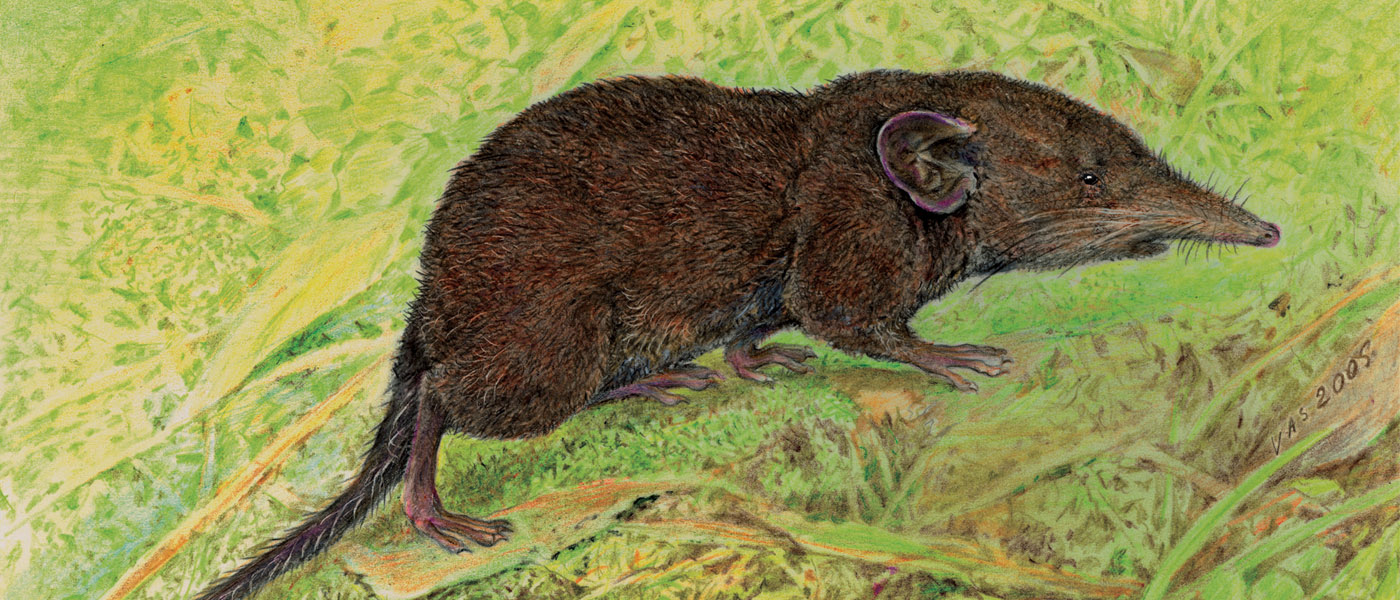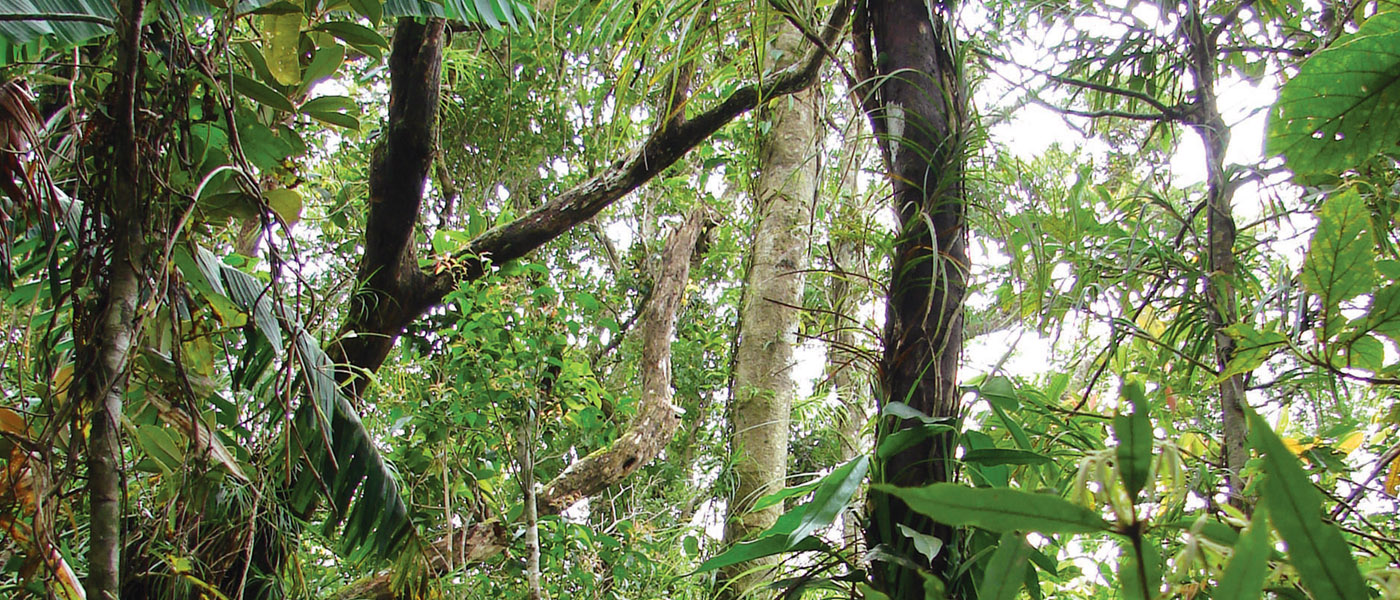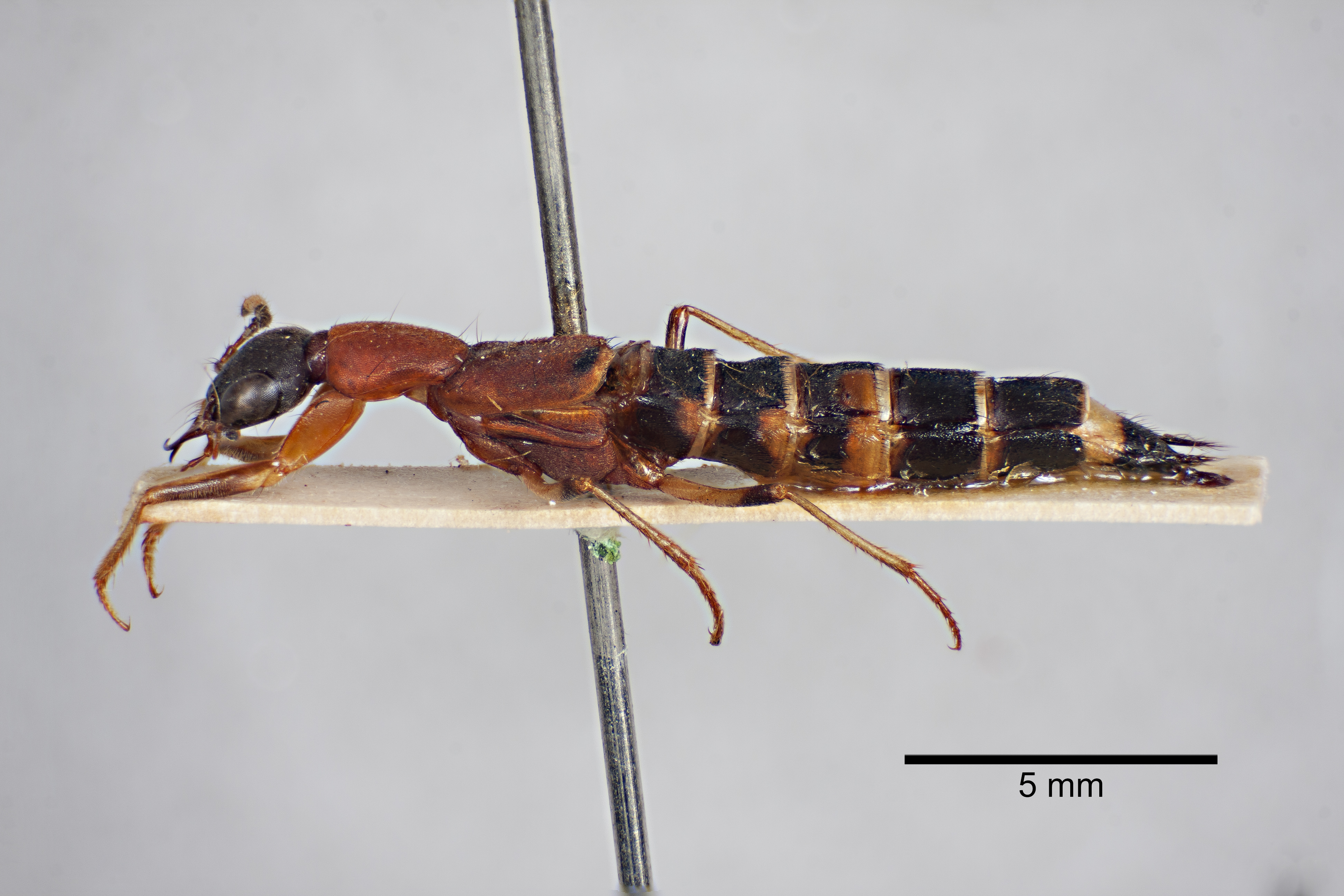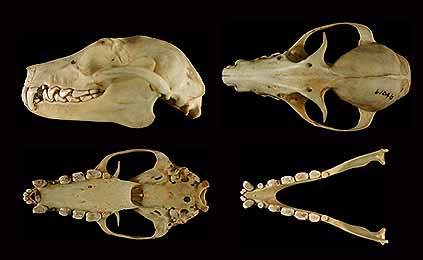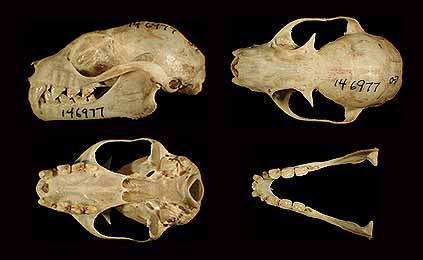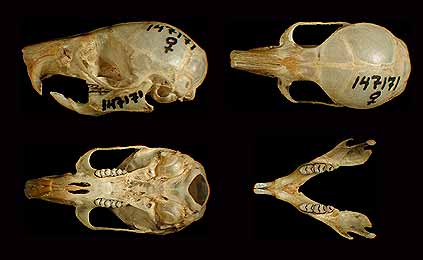Philippine Natural History
Plants and Animals of the Philippines
The flora and fauna of the Philippine Islands are remarkably diverse, and include what may be the greatest concentration of endemic mammals of any country on earth. Since 1988, the Field Museum of Natural History has been the primary base of operations for the Philippine Mammal Project, an international collaboration to document the number of species present, their distributions, evolutionary history, ecology, and conservation status. The Synopsis of Philippine Mammals is one of the primary products from this project, and is the current focus of this website. It is a summary of available information that will be updated periodically, based on articles that have been published in peer-reviewed journals and on voucher specimens that are housed in museums, particularly in the Field Museum of Natural History and the Philippine National Museum.
In the years since the first version of the Synopsis (a "hard copy" publication in 1998), a great deal has been learned about the mammals of the archipelago, and circumstances have changed in the Philippines. A great many previously unknown species have been discovered, and our knowledge about their distribution, ecology, and conservation status has substantially increased. Simultaneously, pressure on the nation's resources has increased as urban, agricultural, and resource extraction areas have expanded. Fortunately, the number of protected areas has also increased greatly, along with the number of people--both foreigners and Filipinos--engaged in management of wildlife and protected areas, and in research on biodiversity.
What will happen next is uncertain--whether the nation achieves environmental stability and preserves its magnificent natural heritage, or spirals into environmental and economic decline, is unknown. But it is entirely clear that the choice between these outcomes is just that--a choice. It is up to the citizens of the Philippines to decide what they want their country to become. The choices are clear.
To help inform those choices (and to keep this information up to date), this website is now connected with the Field Museum's collections database where information about newly described species, and new information about previously known species, is made readily available, and this site's content updated in tandem. For now, this website will focus on mammals, but it is our hope that summaries of other zoological and botanical information will be added in the future. This website has been developed as a collaboration with the Biodiversity Management Bureau (formerly the Protected Areas and Wildlife Bureau) of the Philippine Department of Environment and Natural Resources. Primary funding for its development has come from the Negaunee Foundation.

